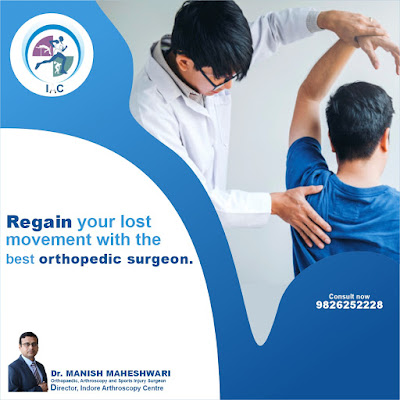6 Most Common Yoga Injuries and How to Avoid Them.
Avoiding Yoga related injuries.
Yoga- a very widespread and very popular method of exercise that has proven itself beneficial physically as well as mentally. The benefits are quite astounding and long lasting. Regular yoga is known to provide sound sleep, lower stress levels, improves flexibility, increases strength and reduces blood pressure.
This super beneficial form of exercise to has its drawbacks and is also injury-prone if not done under supervision and without proper form and practice. Yoga may cause injuries to wrists, lower back, shoulder, elbow, knee, hamstring and neck. Always do yoga under supervision until you master the skills perfectly.
A study has stated that Yoga related injuries have gone up by two times in the past few years.
Lets take note of 6 very common Yoga related injuries that can cause you distress and also look at some tips to prevent such injuries.
Wrist injury:
Wrist Injury is quite common during Yoga as the wrist is not used to doing the poses done during Yoga routine. These injuries occur if the poses and exercise is not done properly. Perfect pose and alignment of hand and wrist is of utmost importance to avoid such injuries and so is proper warm-up exercises. Some more steps that can be taken care while doing yoga is avoiding cupping of palms and fingers inward, avoid taking shoulder too far past your wrists, use yoga wedge or mat to avoid excess pressure and also by using knee for alternate poses till the time your wrist gets used to the poses.
Injury to lower back:
Lower Back pain is another common complaint with Yoga exercise. This is due to the turning and twisting of the spine during the yoga poses and also can be caused due to keeping legs too straight while doing a pose. Over stretching major back muscle groups also tend to increase the risk of injuring or irritating your back.
These exercises may also hurt the SI (Sacroilliac)Joint which supports the spine and joins it to the pelvis. Poses like half moon or warrior with legs floating in the air behind the body can injure your ligaments around the lower back too. Balance and stability while exercising is the key to keep yourself from injuring your back and its parts during yoga.
Toning the leg while in motion and engaging the abs for stable core is another way to prevent back injuries. Keeping a micro bend in your knee through out your entire routine is a very important practice that can save you from lot of pain. Slow movements in and out of turns and also depending on lower belly would give your back more safety from injuries.
Shoulder and elbow injury:
Another very common injury is due to repetitive
incorrect poses, forceful motions, exertion and also over doing certain poses.
The shoulder and the elbow seem to be more effected due to such Yoga practices.
Too many vinyasas and incorrect chaturangas can cause pain and injury to yourshoulder and elbow. To prevent such distress Yoga instructors mostly advise
trainees to modify or stop doing such poses that are hurting their joints or
muscles.. Some modification in your posture like pushing heels back and
reaching the chest forward while lowering body and keeping shoulders back away
from the ears can also prevent injuries to your shoulders.
Yoga may lead to discomfort, tension or pain in knees which may be due to tight hips ore preexisting injuries. Yoga may lead to meniscus tear one common knee injury. These injuries can be minimized by keeping a few points in mind like tracking your knee over your second middle toe, prevent knees caving in, avoid locking knees out and keeping a micro bend in your knee for all exercises.
Hamstring injury:
Injuries to hamstrings are mostly due to hamstring stretch coming from the back body. It may also occur in poses with no proper alignment or during deep stretch. Hamstrings are the most likely to get injured during straight leg poses in yoga due to overstretch. The best way to prevent such injuries is to keep a slight fold in the knees when doing such stretches would be very beneficial in avoiding hamstring injuries. Proper alignment and control over body parts and poses would also avoid such injuries. Never go past your limit.
Neck injury:
Headstand or shoulder stand one of the major culprits of neck injuries or injuries to your cervical vertebrae. Exercises that put a lot of pressure and weight on the head and neck should be done under proper guidance with perfect pose and balance to save you from damaging injuries to your neck. You need to know your body and its requirements before you do any yoga stretches or poses. This will help you be in your limit while doing the exercise. Be slow steady and easy while doing all routines to avoid any major or minor injuries to any of your neck or vertebrae as the healing period of these parts are too slow.
Yoga is beneficial if done under proper guidance and perfect pose. Never over stretch your body part or they will surely be injured.
Dr. Manish Maheshwari, the leading Joint specialist in Indore and even in Central India, suggests that exercise should be done slowly and let the body get used to a new exercise before stretching it to the next level. Dr. Manish Maheshwari, leading Orthopedic, Arthroscopy and Sports injury specialist, is also a very well known professional for advising in case of sports injuries.
We offer solution for all your joint pain



Comments
Post a Comment